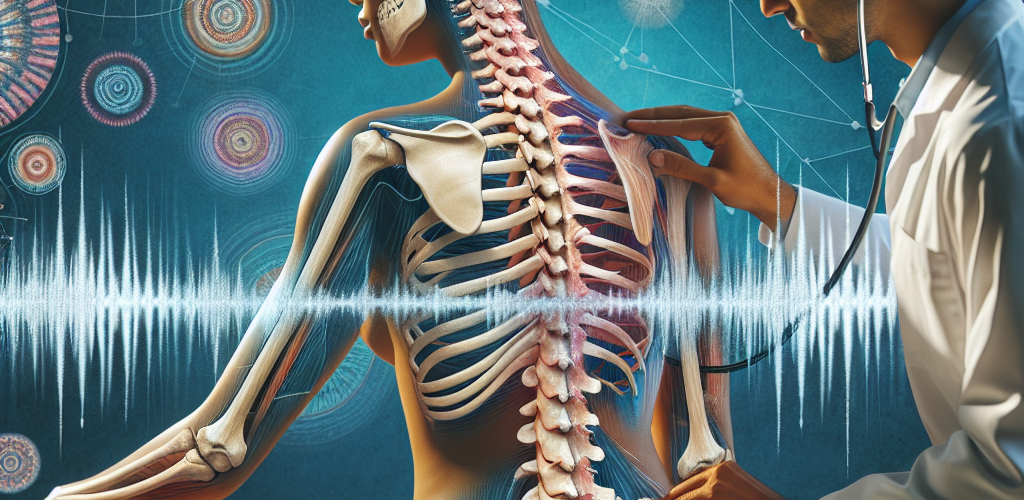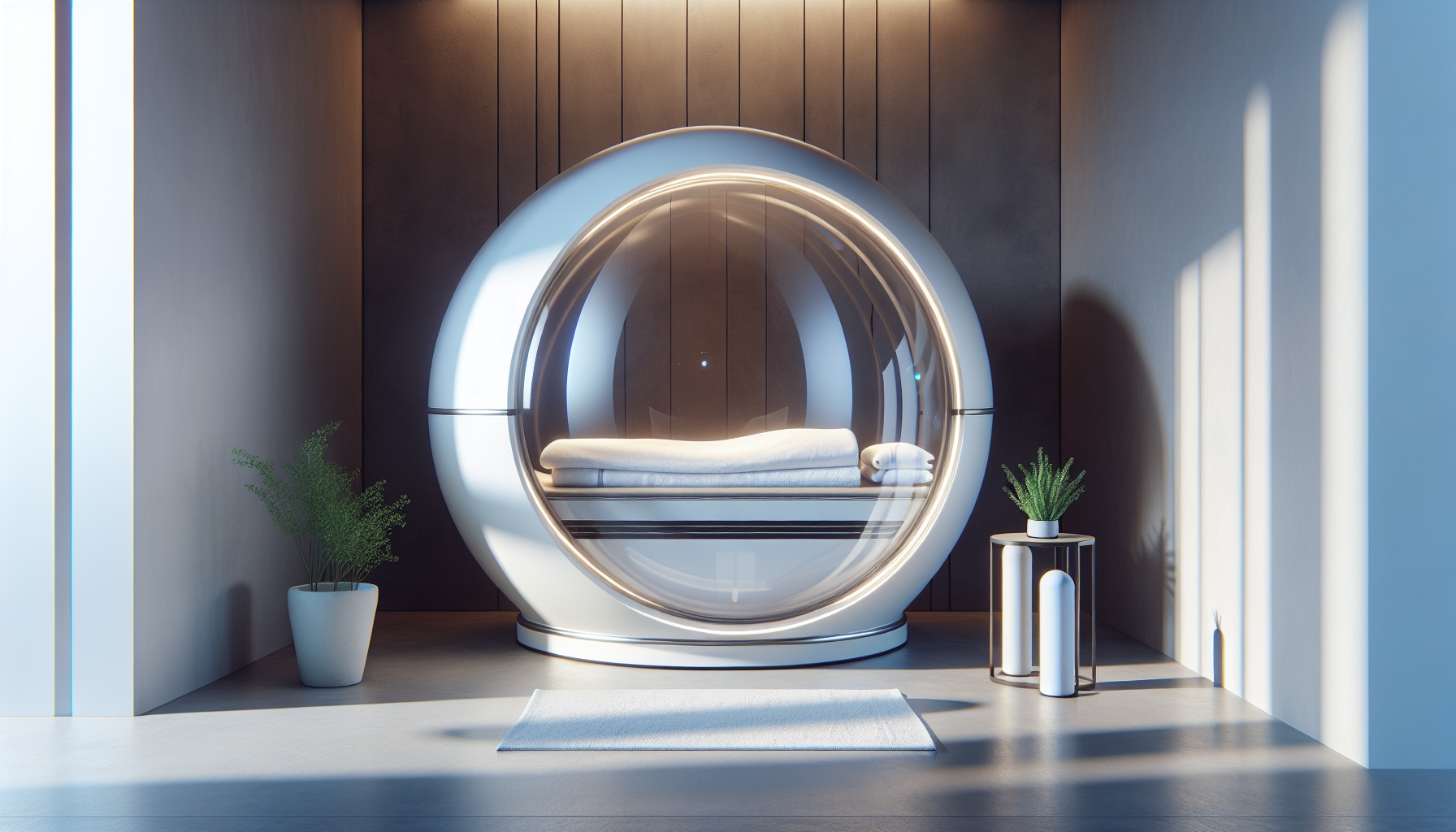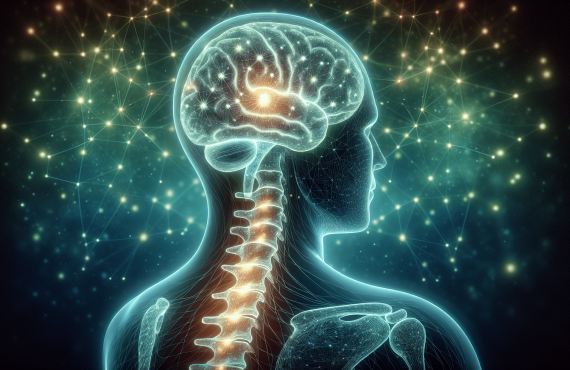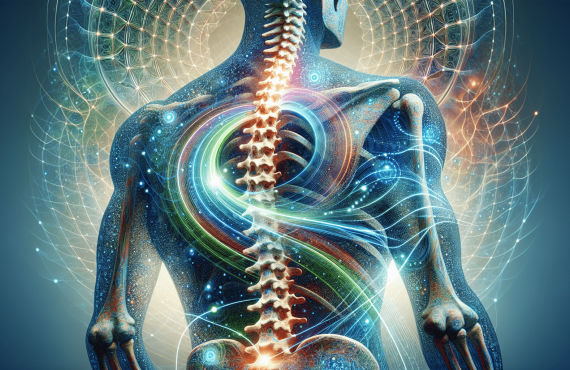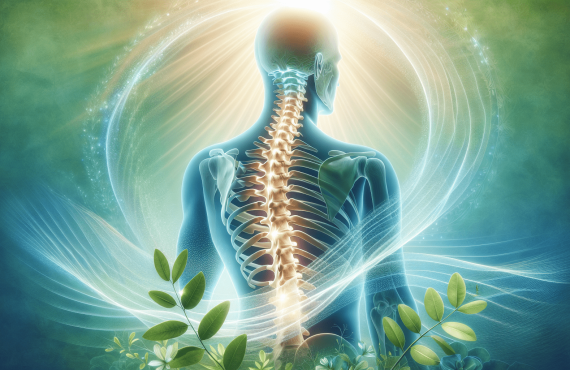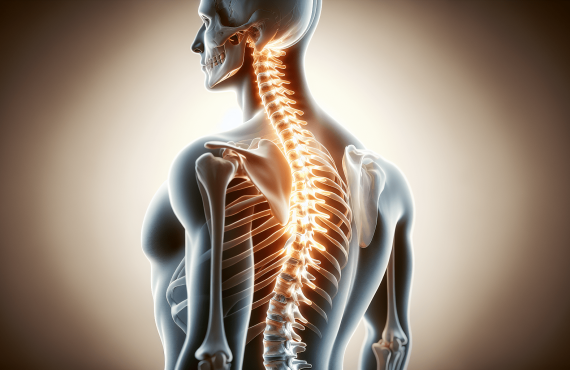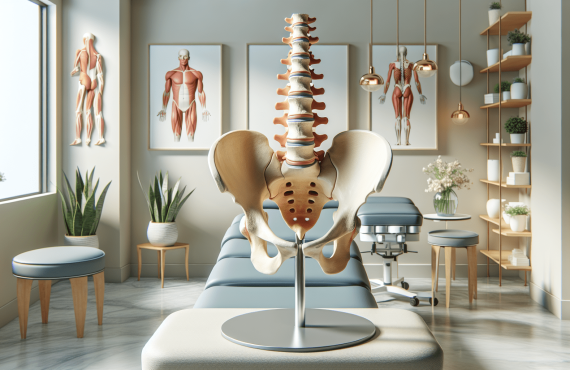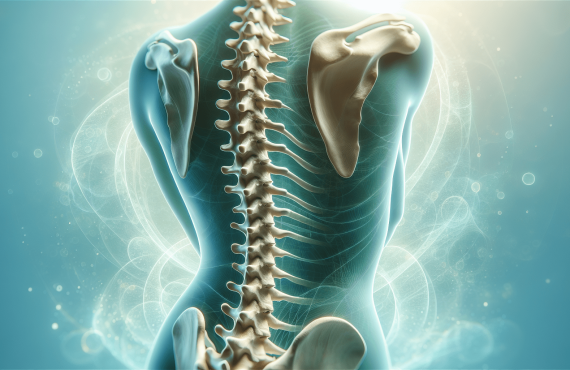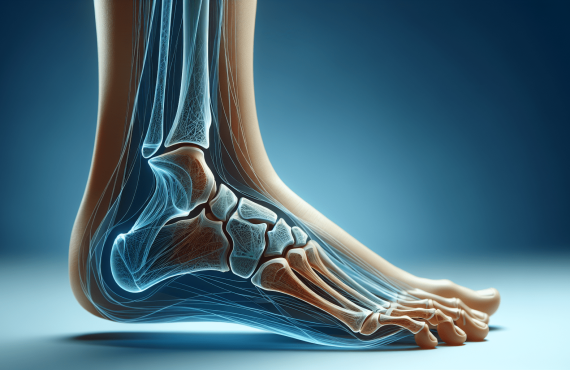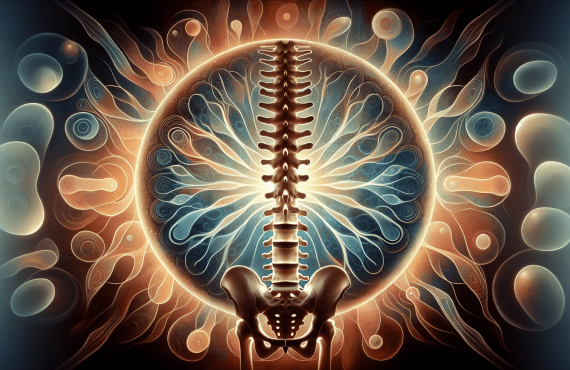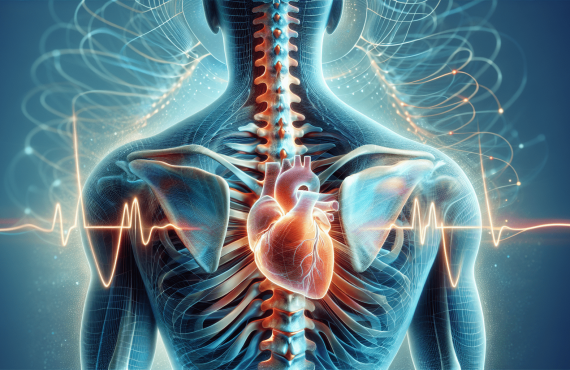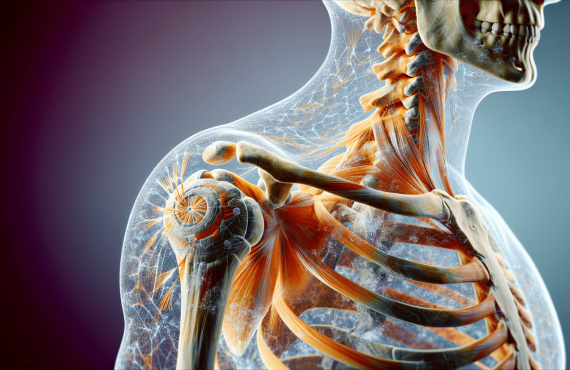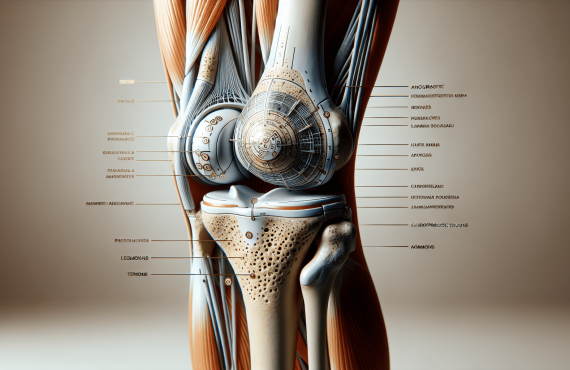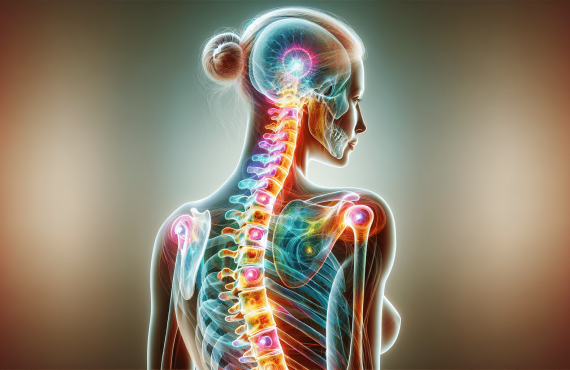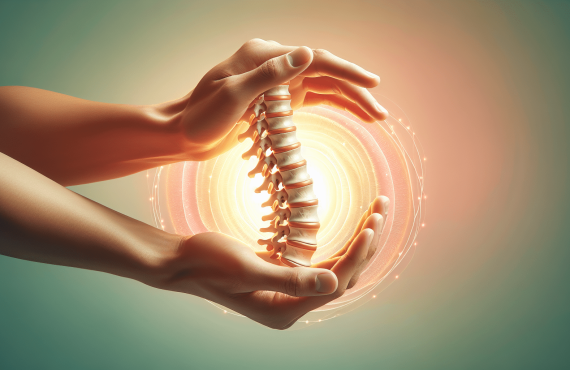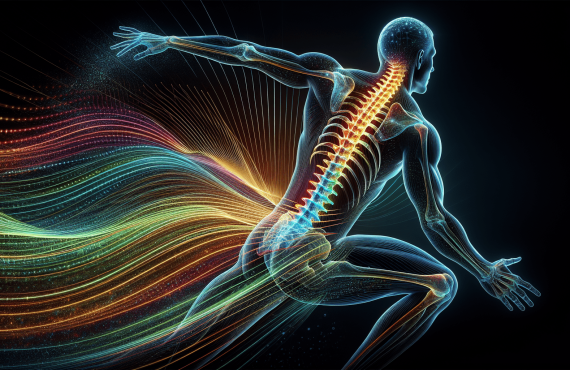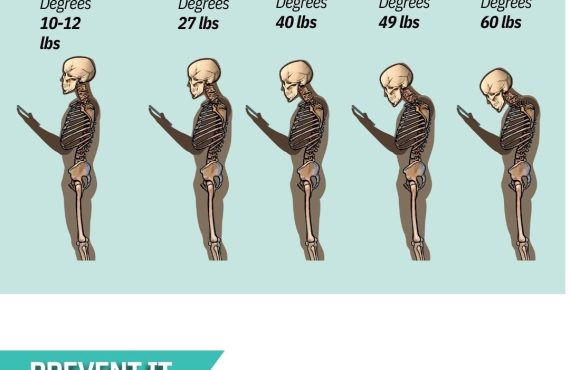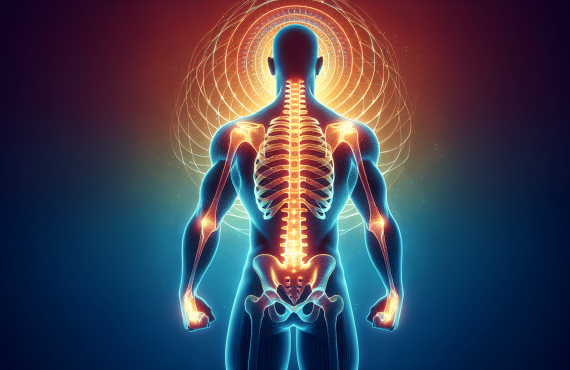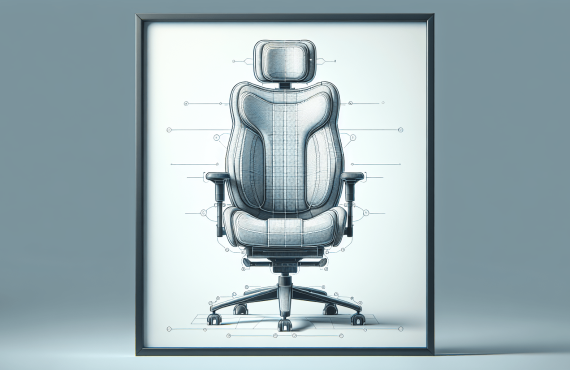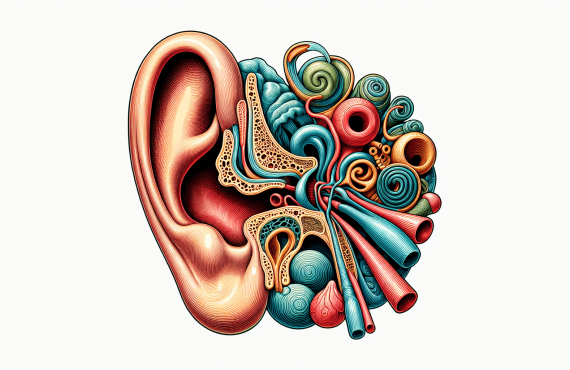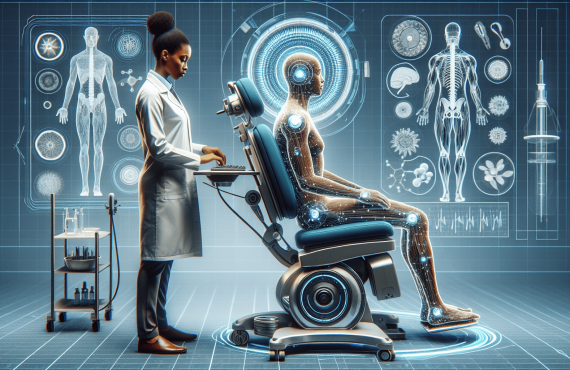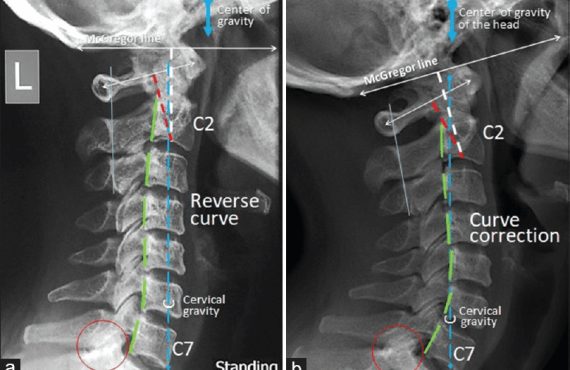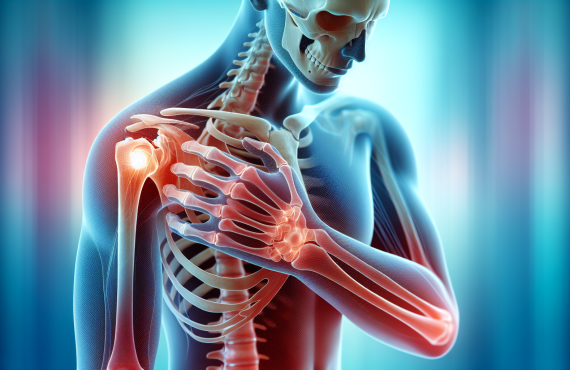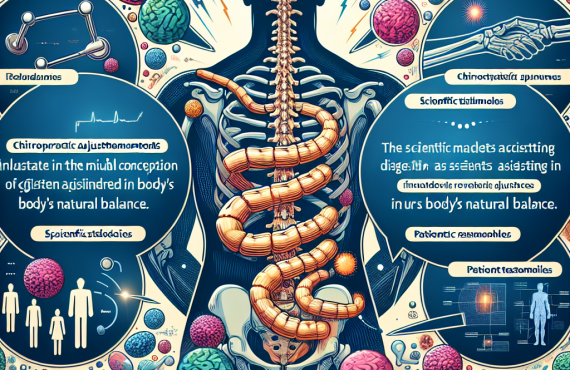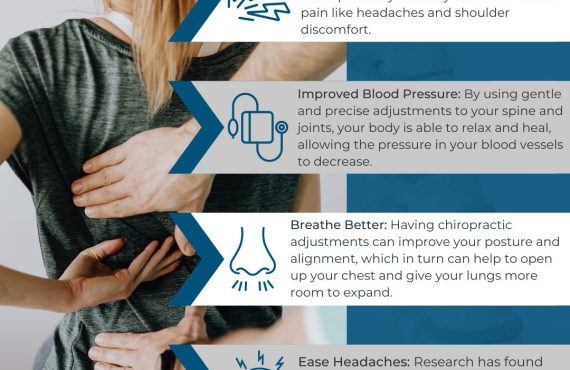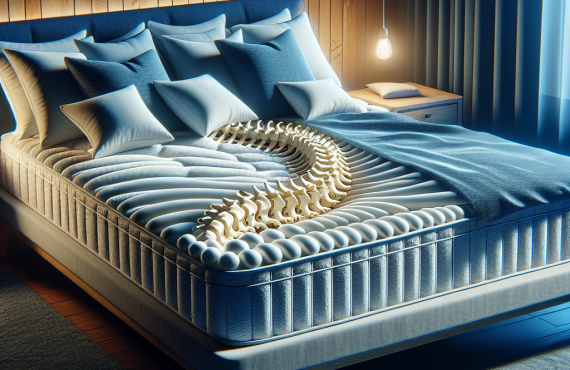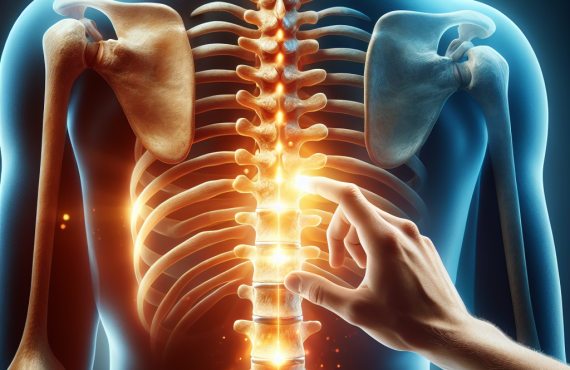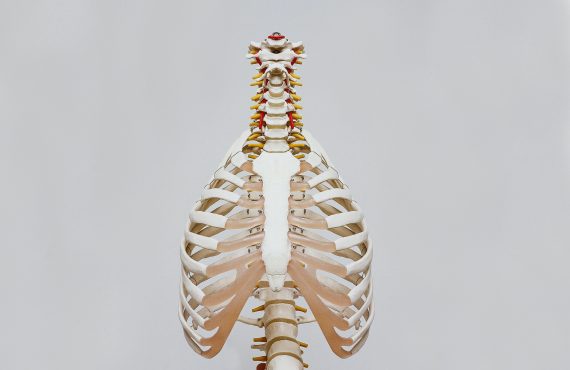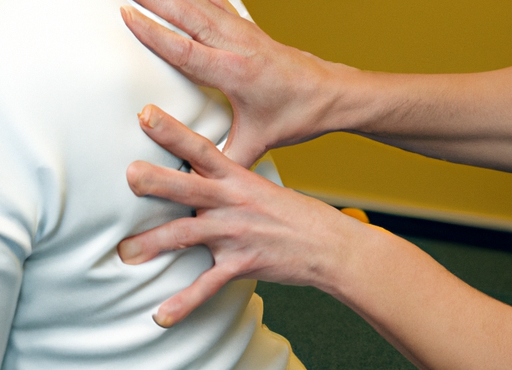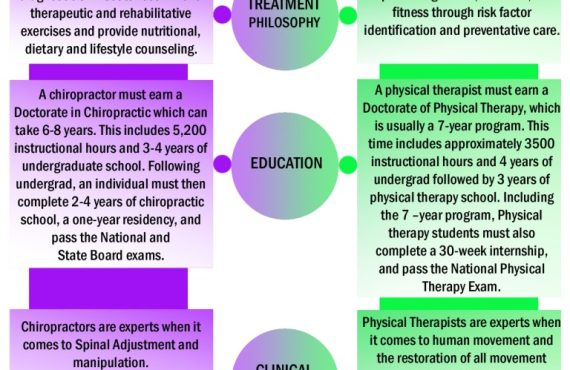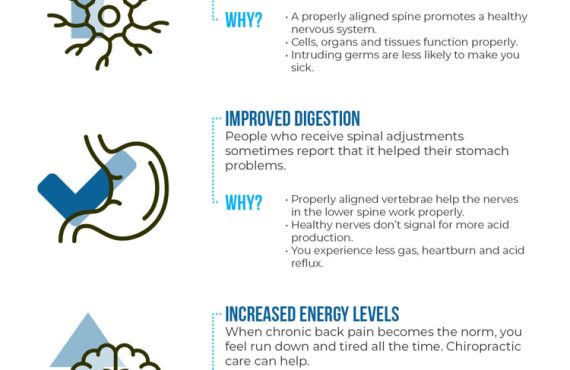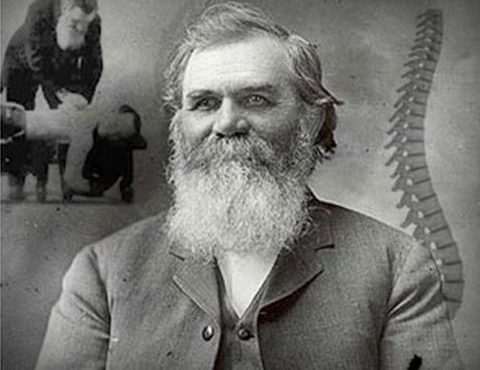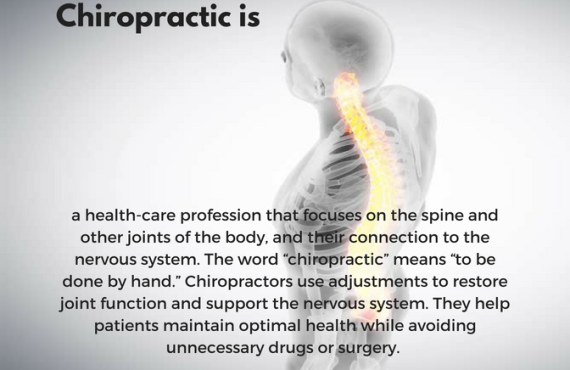Have you ever wondered about the cracking sound that occurs during a chiropractic adjustment? At Henry Chiropractic, owned and operated by Dr. Craig Henry, they aim to help you understand this phenomenon. Dr. Henry and his colleague, Dr. Aaron Hixon, use their expertise to improve the health and wellness of their patients in Pensacola, Florida. With a variety of chiropractic techniques at their disposal, such as diversified and Gonstead spinal manipulation, they are able to address issues like back pain and neck pain. As you delve into an understanding of the chiropractic cracking sound, you will discover the passion and dedication these chiropractors have for helping others.
Table of Contents
What is Chiropractic Cracking?
Chiropractic cracking, also known as joint manipulation or joint adjustment, is a technique commonly used by chiropractors to treat various musculoskeletal conditions. This technique involves applying controlled force to a specific joint in order to restore its normal range of motion and alleviate pain. The cracking sound, often described as a popping or cracking noise, is a notable characteristic of chiropractic adjustments and is commonly heard during the procedure.
Definition and Explanation
Chiropractic cracking refers to the audible sound that occurs when a joint is manipulated during a chiropractic adjustment. The cracking sound is caused by the release of gas bubbles that have formed within the joint spaces between bones. This process, known as joint cavitation, results in the cracking noise that is often associated with chiropractic treatments.
Causes of the Cracking Sound
The cracking sound during chiropractic adjustments is primarily caused by the release of gas bubbles within the joint spaces. When a joint is manipulated, the pressure within the joint changes, causing a sudden release of nitrogen and oxygen gases that have accumulated within the joint fluid. This release of gas bubbles is what creates the cracking noise. It is important to note that the cracking sound itself is not an indication of a successful adjustment, but rather a byproduct of the joint manipulation.
Benefits of Chiropractic Cracking
Chiropractic cracking has been shown to provide numerous benefits for individuals with musculoskeletal conditions. Some of the potential benefits of chiropractic adjustments include:
-
Pain Relief: chiropractic adjustments can help alleviate pain by restoring proper joint function and reducing inflammation.
-
Improved Range of Motion: Joint manipulation can increase joint mobility, allowing for improved range of motion and flexibility.
-
Enhanced Well-being: Chiropractic care can promote overall health and well-being by addressing underlying issues that may contribute to pain or discomfort.
-
Non-Invasive Treatment: Chiropractic adjustments offer a non-invasive and drug-free alternative to traditional medical treatments for musculoskeletal conditions.
Understanding Joint Manipulation
Definition of Joint Manipulation
Joint manipulation, also known as joint mobilization, is a technique used by chiropractors to restore proper joint function and alleviate pain. This technique involves applying controlled force to a specific joint to improve its range of motion and reduce restrictions.
Purpose of Joint Manipulation
The primary purpose of joint manipulation is to restore proper joint function and alleviate pain and discomfort. Chiropractors use joint manipulation to treat various musculoskeletal conditions, including back pain, neck pain, shoulder pain, and joint stiffness. By mobilizing the joints, chiropractors can help improve joint mobility and flexibility.
Techniques Used
Chiropractors use a variety of techniques to perform joint manipulation. Some common techniques include:
-
Diversified Technique: This technique involves applying a high-velocity, low-amplitude thrust to the joint to restore proper alignment and function.
-
Gonstead Technique: The Gonstead Technique uses specific hand placements and adjustments to target individual joints and restore proper alignment.
-
Activator Method: This technique uses a handheld instrument that delivers a controlled, low-force impulse to the joint, making it an ideal option for individuals who prefer a gentler approach.
-
Thompson Technique: The Thompson Technique involves using a drop table to enhance the effectiveness of the adjustment by providing additional motion to the joint.
The Science Behind the Sound
Joint Cavitation
The cracking sound that occurs during chiropractic adjustments is a result of joint cavitation. Joint cavitation happens when the pressure within the joint changes, causing gas bubbles to form and then rapidly collapse. As the gas bubbles collapse, they create the characteristic cracking sound.

Gas Bubble Formation
Gas bubbles within the joint fluid are formed due to changes in joint pressure. During a chiropractic adjustment, when a joint is manipulated, the pressure within the joint decreases, causing dissolved gases, such as nitrogen and oxygen, to come out of the joint fluid and form small gas bubbles.
Release of Nitrogen and Oxygen
When the joint is manipulated, the sudden decrease in pressure causes the gas bubbles to collapse, resulting in the cracking sound. The release of nitrogen and oxygen gases from the joint fluid contributes to the formation and collapse of these gas bubbles, leading to the audible cracking noise.
Common Misconceptions
Cracking Bones
A common misconception about chiropractic cracking is that it involves cracking or breaking bones. This is not true. Chiropractic adjustments focus on mobilizing joints and do not involve cracking or breaking bones. The cracking sound is a result of the release of gas bubbles, not the actual bones themselves.
Damage to Joints
Another misconception is that chiropractic cracking can cause damage to the joints. When performed by a qualified chiropractor, chiropractic adjustments are generally safe and can provide benefits for musculoskeletal conditions. However, it is important to seek treatment from a licensed and experienced practitioner to ensure the adjustments are performed correctly and safely.
Addiction to Treatment
There is a misconception that chiropractic cracking can lead to addiction or dependence on treatment. Chiropractic care is not addictive and does not create a physical dependency. The frequency and duration of treatment will depend on the individual’s condition and the recommendations of the chiropractor.
Safety and Risks
Qualified Practitioners
One of the key factors in ensuring the safety of chiropractic care is to seek treatment from a qualified practitioner. Licensed chiropractors have undergone extensive training and education to provide effective and safe treatments. Before seeking chiropractic care, it is important to verify the credentials and licensing of the practitioner.
Precautions
While chiropractic care is generally safe, there are certain precautions to keep in mind. Individuals with certain health conditions, such as osteoporosis or herniated discs, may require special considerations or alternative treatment approaches. It is important to inform the chiropractor about any pre-existing medical conditions or concerns before undergoing chiropractic adjustments.

Potential Side Effects
Although rare, there can be potential side effects associated with chiropractic adjustments. These may include temporary soreness, minor aches, or mild discomfort. Serious complications or injuries are extremely rare, especially when treatment is performed by a qualified practitioner. If you experience any severe or unusual symptoms after a chiropractic adjustment, it is important to seek medical attention.
When to Seek Chiropractic Care
Persistent Pain or Discomfort
If you are experiencing persistent pain or discomfort in your joints, muscles, or spine, it may be beneficial to seek chiropractic care. Chiropractors specialize in the diagnosis and treatment of musculoskeletal conditions and can provide targeted care to address the underlying causes of your pain.
Limited Range of Motion
If you are experiencing limited range of motion in your joints, chiropractic adjustments may help restore proper joint function and improve mobility. Joint manipulation techniques used by chiropractors can help reduce joint restrictions and enhance your range of motion.
Sports or Accident Injuries
If you have recently suffered a sports injury or been involved in an accident, chiropractic care may be a valuable treatment option. chiropractors are trained to assess and treat various types of injuries, including sprains, strains, and whiplash. Seeking chiropractic care after an injury can help facilitate the healing process and reduce pain and inflammation.
Alternative Treatments
Physical Therapy
Physical therapy is a commonly recommended alternative treatment for musculoskeletal conditions. Physical therapists use a variety of techniques, exercises, and modalities to improve mobility, reduce pain, and promote overall healing.
Massage Therapy
Massage therapy can also be an effective alternative treatment for musculoskeletal conditions. Massage therapists use various techniques to manipulate soft tissues, including muscles, tendons, and ligaments, to reduce tension, improve circulation, and alleviate pain.
Acupuncture
Acupuncture is another alternative treatment option that can help alleviate musculoskeletal pain. This technique involves the insertion of thin needles into specific points on the body to stimulate the body’s natural healing response and reduce pain and inflammation.
Choosing a Chiropractor
Credentials and Licensing
When choosing a chiropractor, it is important to verify the practitioner’s credentials and licensing. Look for a licensed chiropractor who has completed the necessary education and training to provide safe and effective care. It is also beneficial to consider their experience and specialization in specific areas of chiropractic care.
Seeking Referrals
Seeking referrals from friends, family, or healthcare professionals can be a helpful way to find a reputable chiropractor. Personal recommendations can provide insights into the practitioner’s skills, communication style, and overall satisfaction with their care.
Initial Consultation
Before committing to treatment, consider scheduling an initial consultation with the chiropractor. This allows you to discuss your concerns, ask questions, and assess the practitioner’s approach to treatment. Use this opportunity to determine if you feel comfortable and confident in their abilities.
Patient Experiences
Personal Testimonials
Many individuals who have received chiropractic care have reported positive experiences and outcomes. Personal testimonials can provide insights into the effectiveness of chiropractic treatments and the impact they have had on individuals’ quality of life.
Effectiveness of Treatment
Chiropractic care has been shown to be effective in treating various musculoskeletal conditions. Studies have found that chiropractic adjustments can result in pain relief, improved range of motion, and enhanced overall well-being for individuals with back pain, neck pain, and other conditions.
Long-Term Results
The long-term results of chiropractic care can vary depending on the individual and their specific condition. However, many individuals experience lasting relief from pain and improved function with regular chiropractic adjustments. Maintaining a healthy lifestyle, including regular exercise and proper posture, can also contribute to long-term success.
Conclusion
Chiropractic cracking, or joint manipulation, is a technique commonly used by chiropractors to restore proper joint function, alleviate pain, and improve overall well-being. The cracking sound associated with chiropractic adjustments is a result of joint cavitation and the release of gas bubbles within the joint fluid. Chiropractic care, when performed by a qualified practitioner, can provide numerous benefits and is a non-invasive alternative to traditional medical treatments. If you are experiencing persistent pain, limited range of motion, or have suffered a sports or accident injury, chiropractic care may be a valuable treatment option to consider. By choosing a licensed and experienced chiropractor, you can ensure the safety and effectiveness of your treatment.


